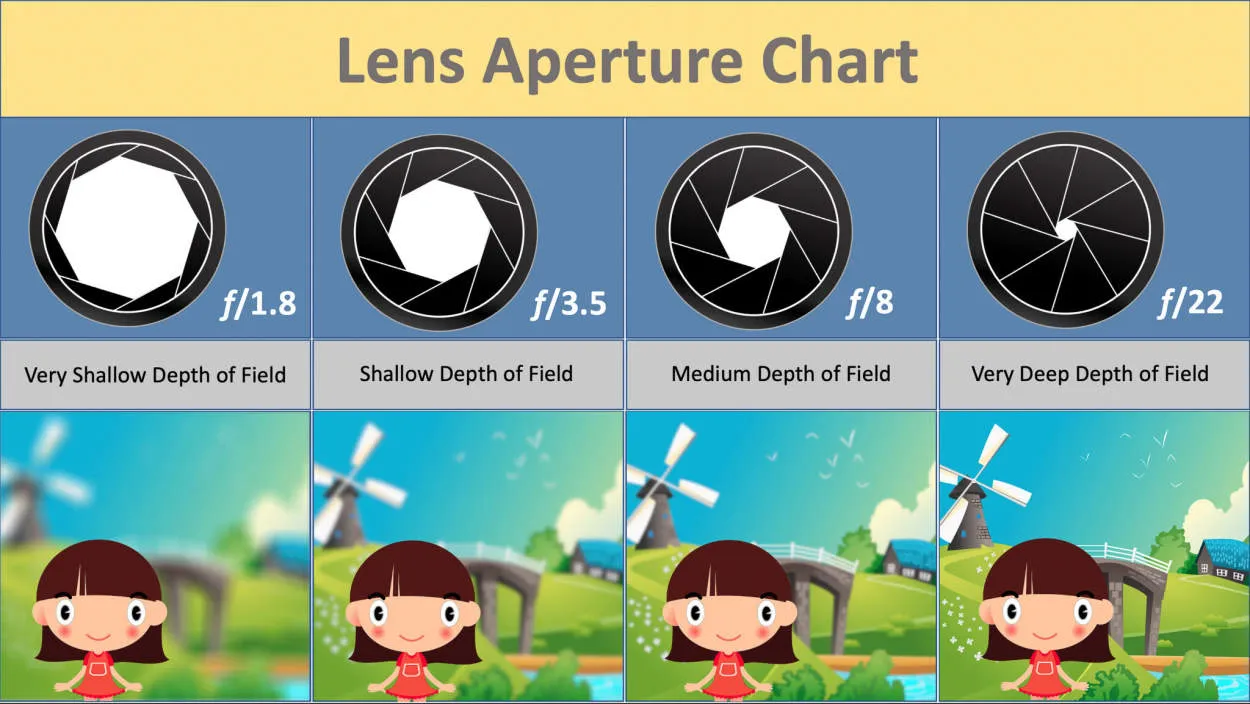When it comes to choosing a camera, one crucial factor that often gets overlooked is the lens quality. The lens plays a vital role in capturing sharp images, controlling aperture, and achieving desired focal lengths. In this article, we will explore the significance of lens quality in camera selection and how it can greatly impact your photography experience.
Understanding Lens Types and Their Impact on Image Quality
The Importance of Lens Quality in Camera Selection
When it comes to choosing a camera, many photographers focus solely on the camera body and overlook the importance of the lens. However, the lens plays a crucial role in determining the overall image quality. Understanding different lens types and their impact on image quality can help photographers make informed decisions when selecting their gear.
There are various types of camera lenses available, each with its own strengths and characteristics. Prime lenses have a fixed focal length and offer excellent image quality, sharpness, and low-light performance. They are perfect for capturing portraits, landscapes, and street photography.
Zoom lenses, on the other hand, provide the versatility of different focal lengths in a single lens. While they may not match the image quality of prime lenses, advancements in technology have improved their performance significantly over the years. They are a great option for those who require flexibility and convenience, such as travel or event photographers.
Wide-angle lenses are known for their broader field of view. They are ideal for capturing expansive landscapes, architecture, and interiors. These lenses can produce dramatic and immersive images, but it’s important to note that they can also introduce distortion at the edges.
Telephoto lenses, with their long focal lengths, excel in bringing distant subjects closer. They are widely used in sports, wildlife, and documentary photography. These lenses offer excellent depth of field and allow photographers to isolate their subjects from the background.
Macro lenses are specifically designed for close-up photography, allowing photographers to capture intricate details and delicate subjects such as flowers, insects, or small objects. With their high magnification ratios, they provide stunning levels of clarity and sharpness.
It’s important to note that lens quality plays a significant role in image sharpness, color accuracy, and overall image distortion. High-quality lenses are typically made with superior materials and advanced optics, resulting in sharper images and minimizing issues like chromatic aberration and lens flare.
Understanding the different lens types and their impact on image quality is essential for photographers to make informed decisions when selecting camera gear. By considering their photography needs and the specific characteristics of each lens type, photographers can ensure they have the right tools to capture stunning images.
Factors to Consider When Evaluating Lens Quality
When it comes to selecting a camera, the quality of the lens is a crucial consideration. The lens plays a significant role in capturing sharp and detailed images. Here are several factors to keep in mind when evaluating lens quality:
1. Optical Construction
The optical construction of a lens refers to the arrangement and quality of its glass elements. High-quality lenses are typically made with precision glass elements that minimize distortions and aberrations, resulting in clear and accurate images.
2. Aperture
The aperture of a lens determines how much light enters the camera. A wider aperture allows more light, making it ideal for low-light situations or achieving a shallow depth of field. A lens with a wide aperture range provides more creative flexibility.
3. Focal Length
The focal length of a lens determines its angle of view and magnification. A wide-angle lens captures more of the scene, while a telephoto lens brings distant subjects closer. Consider the focal length that suits your photography needs.
4. Image Stabilization
Image stabilization technology compensates for camera shake, resulting in sharper images, especially in low-light conditions or when using a long focal length. Look for a lens with built-in image stabilization for better image quality.
5. Lens Coating
Lens coatings minimize reflections and glare, reducing the chance of ghosting and flaring. A lens with multiple coatings, such as anti-reflective coatings, ensures better contrast and color accuracy in your photographs.
Evaluating lens quality is crucial in achieving superior image results. By considering the optical construction, aperture, focal length, image stabilization, and lens coating, you can make an informed decision when selecting a camera lens.
The Difference Between Prime and Zoom Lenses
When it comes to choosing a camera, one of the most important factors to consider is the lens quality. Different lenses offer various features and advantages, and two common types are prime lenses and zoom lenses.
A prime lens, also known as a fixed focal length lens, has a fixed focal length. This means that it has a specific focal length, such as 50mm or 85mm, and cannot zoom in or out. Prime lenses are lauded for their high optical quality, sharpness, and wide maximum aperture, which allows for excellent low-light performance and shallow depth of field. They are typically lighter and more compact than zoom lenses, making them a popular choice for photographers who value portability and image quality.
On the other hand, a zoom lens offers variable focal lengths. This means that you can adjust the focal length according to your needs, allowing you to zoom in and out. Zoom lenses are versatile and convenient, as they provide a range of focal lengths in a single lens. This makes them suitable for various photography genres, from wide-angle shots to telephoto images. However, zoom lenses generally have a narrower maximum aperture compared to prime lenses, which can impact low-light performance and the ability to achieve a shallow depth of field.
Both prime and zoom lenses have their own strengths and weaknesses, and the choice between the two ultimately depends on your specific photography needs and preferences. Prime lenses excel in image quality and low-light performance, while zoom lenses offer versatility and convenience. Consider factors such as the type of photography you engage in, your budget, and your desired image quality when making a decision.
Conclusion
Choosing a camera with high-quality lenses is crucial for capturing stunning and professional-grade photographs. The lens quality directly affects image sharpness, clarity, and overall visual appeal. Investing in a camera with excellent lens quality will greatly enhance your photography skills and ensure that every shot is of top-notch quality.




